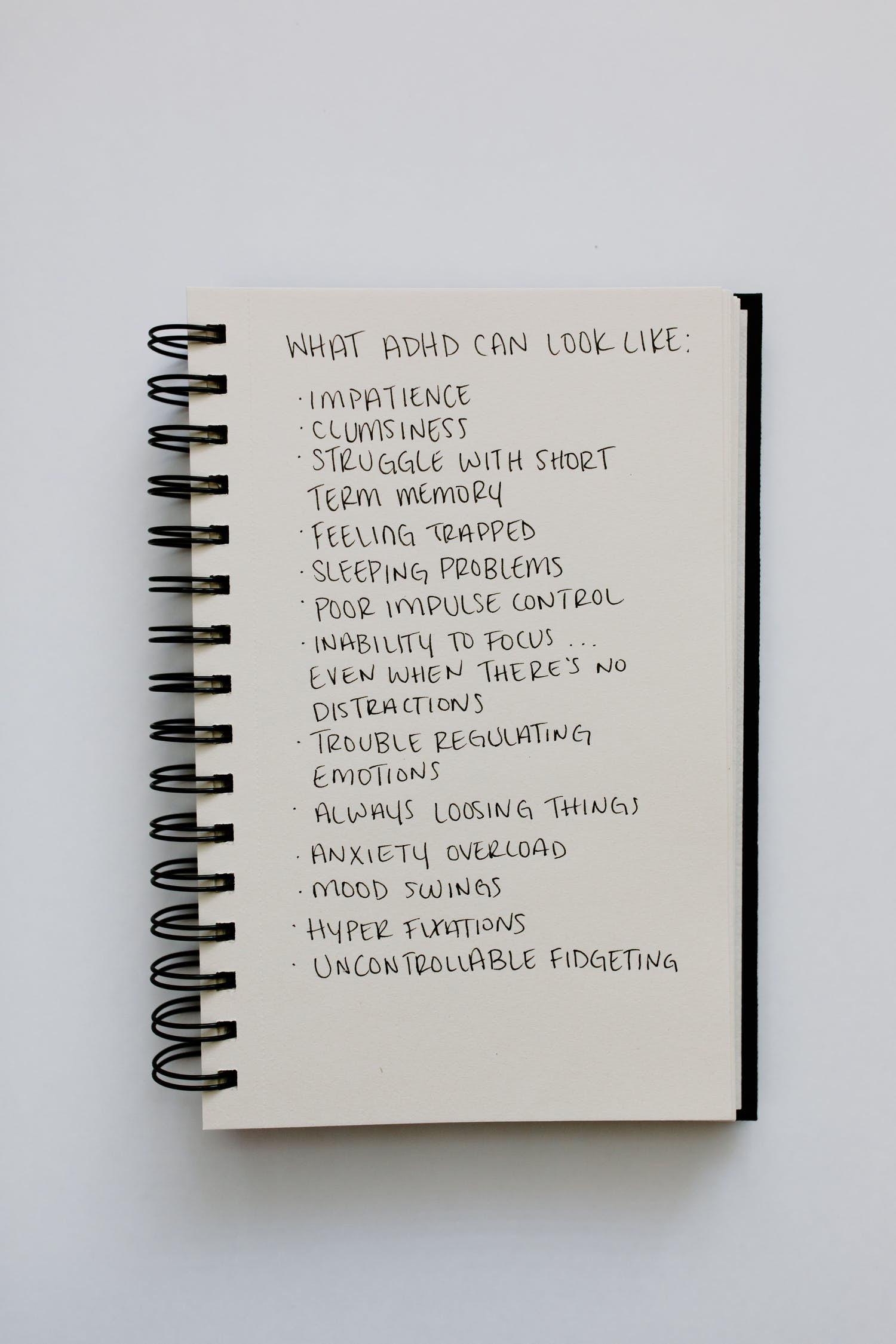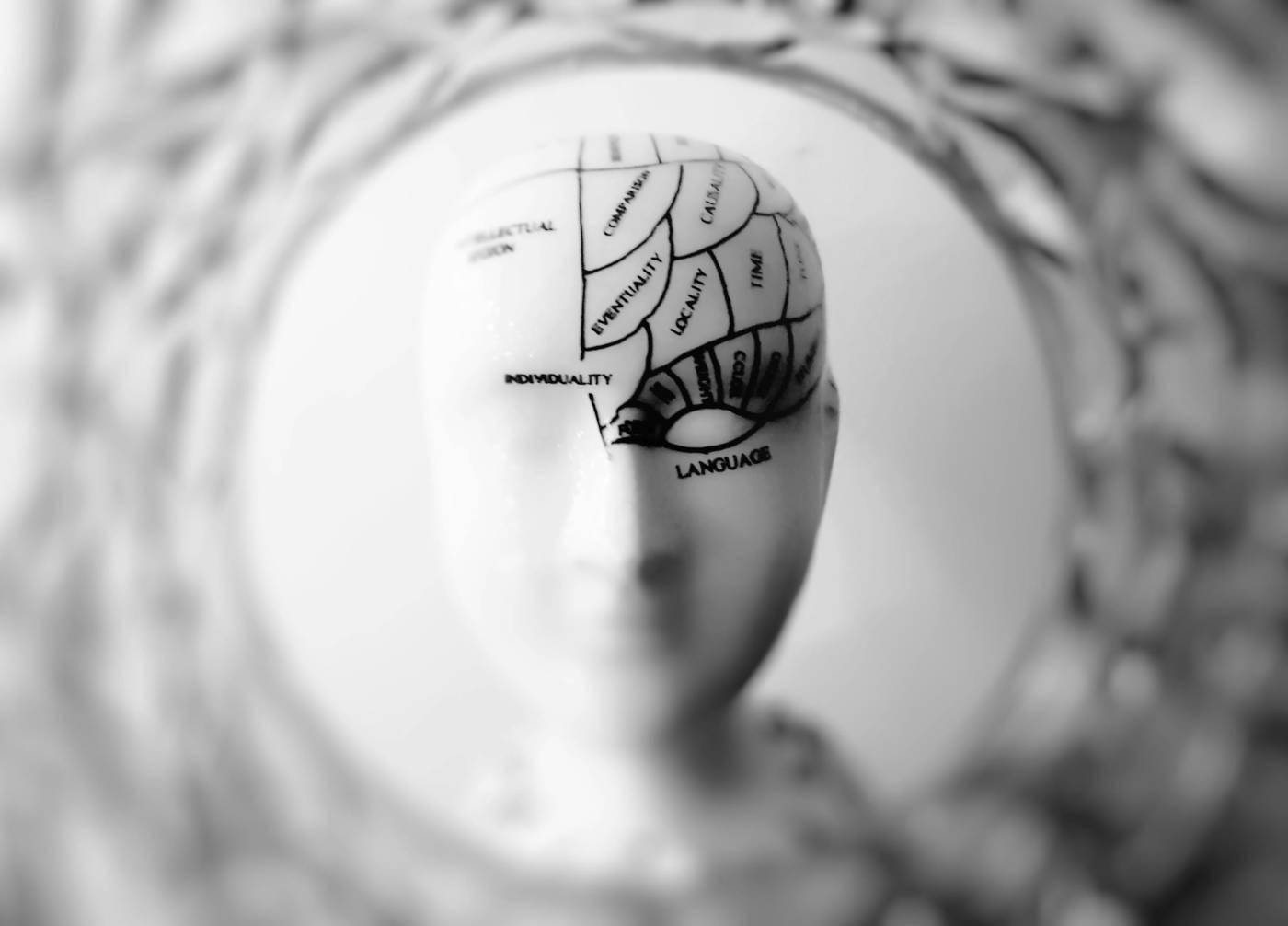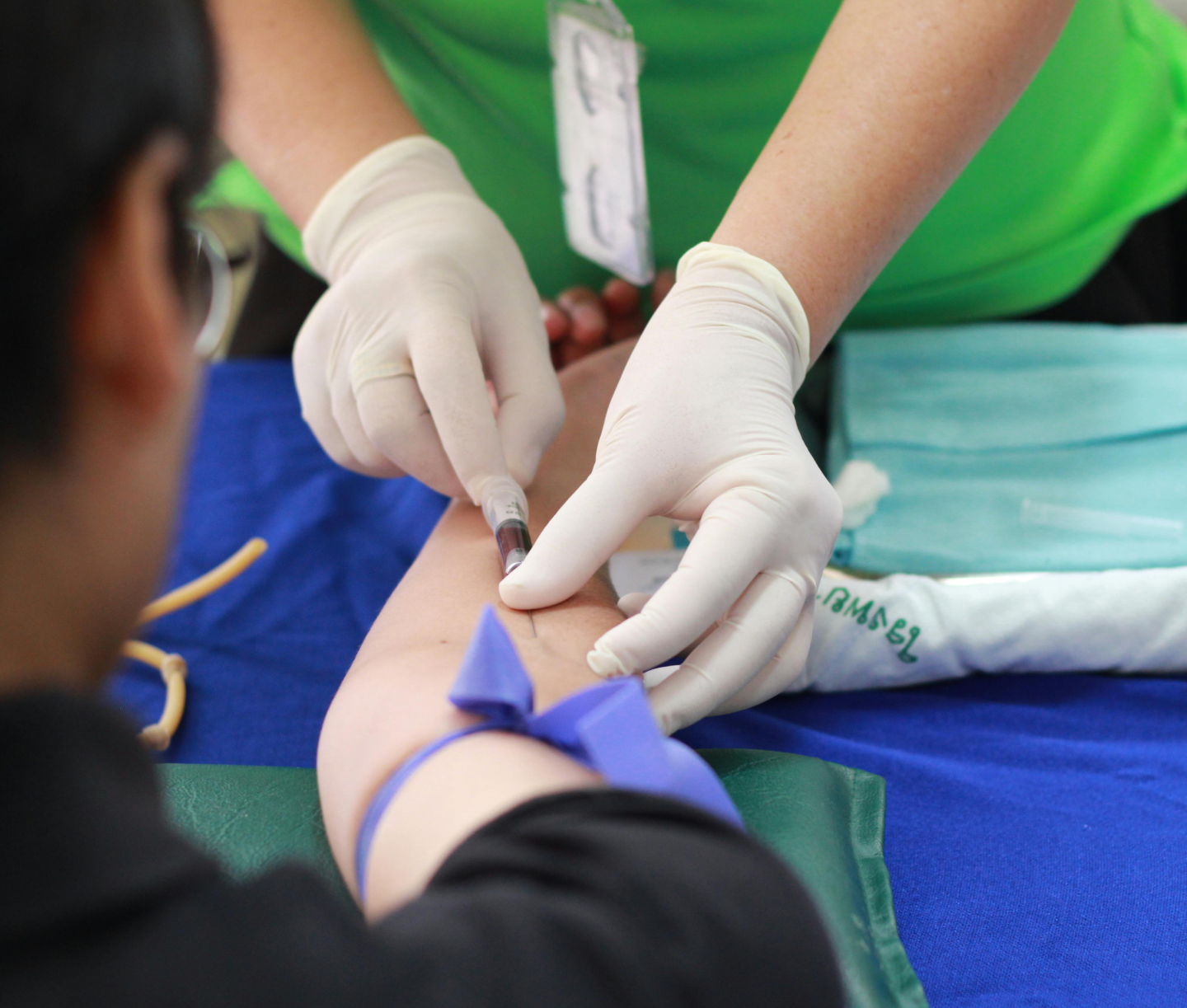Attention deficit hyperactivity disorder (ADHD) is one of the most commonly diagnosed neurodevelopmental disorders among children. Symptoms for ADHD usually present themselves in school-aged children. Most children are diagnosed with ADHD before the age of 9 but symptoms may continue into adulthood. ADHD symptoms include inattentive, hyperactive, and impulsive behaviors that interfere with how the child or adult functions in their daily life. Often hyperactive and compulsive behaviors are grouped under one category. The earlier someone notices the symptoms of ADHD and receives treatment, the easier it will be for that person to manage his or her symptoms.
Diagnosing ADHD in Children and Adults
Someone diagnosed with ADHD may notice a change in their signs and symptoms when the person enters adulthood. According to the CDC, children tend to have more hyperactive and impulsive symptoms than adults and these symptoms are often expressed differently in adults than in children. Hyperactive symptoms may be more visible in children because they can cause them to exhibit inappropriate movement for the environmental setting such as getting off their seat, pacing, or running. In adults, this may present itself as a restless feeling instead of as a physical action.
To be diagnosed with ADHD children must experience six symptoms out of one or more of the two categories: inattentiveness and hyperactivity-impulsivity. Children may be diagnosed with ADHD if they experience six or more symptoms of either hyperactivity, inattentiveness, or both. Adults or anyone over the age of 16 only need to experience five or more ADHD symptoms for a diagnosis
Inattentive Symptoms
According to the National Institute of Mental Health (NIMH), inattentiveness typically refers to those who often become distracted when working on a particular task, lack perseverance, and are disorganized. However, these characteristics are not due to not understanding the activity or unwillingness to complete the task. The term attention deficit disorder (ADD) is used to refer to people with ADHD who only experience inattentive symptoms. However, ADD is not listed in the DSM-5 as a diagnosable disorder. Inattentive symptoms may include:
- Frequent, careless mistakes that reflect in the person’s work
- Forgetfulness in daily activities
- Difficulties sustaining attention for tasks, conversations, or activities
- Frequently not listening when spoken to directly
- Leaving tasks or projects incomplete
- Trouble organizing or prioritizing tasks or activities
- Easily distracted by unrelated thoughts or activities
- Losing items necessary for completing a task or participating in an activity
- Avoiding tasks that required sustained concentration or mental effort
Hyperactivity/Impulsive Symptoms
Hyperactivity usually refers to a person who has difficulty staying still and seems to be constantly moving, often by fidgeting, tapping, or constantly talking. Impulsivity refers to a person who makes rash decisions, often to receive immediate gratification without thinking through the long-term effects of his or her decisions.
Hyperactive Symptoms:
- Fidgeting or squirming when seated
- Leaving seats during an appropriate situation where staying seated is expected
- Running and climbing during inappropriate settings
- Feelings of restlessness
- Unable to quietly engage in a hobby or leisure activity
- Talking nonstop
Impulsive Symptoms:
- Has difficulty waiting for their turn
- Blurts answers before questions have been completed
- Interrupts activities or other people’s conversations
Managing ADHD Symptoms
ADHD is usually treated with psychotherapy, medication-assisted treatment, or a combination of the two. Psychotherapy for ADHD often includes behavioral therapy, which aims to change a person’s behaviors and emotional responses to stressful situations. ADHD for children may center around parents establishing a rewards system for positive behaviors since people with ADHD often struggle with delayed gratification. Behavioral therapy might also help adults or parents of children with ADHD create a routine structure. Cognitive Behavioral Therapy (CBT) and support groups may also be useful in ADHD treatment.
The most common type of medication used to treat ADHD are stimulants, such as Adderall, Concerta, Vyvanse, and Ritalin. These types of medications increase the chemicals dopamine and norepinephrine in the brain, which are involved in a person’s attentiveness and thought process. However, stimulants may increase blood pressure, heart rate, anxiety, and can be potentially addictive. There are non-stimulant medications that are used to treat ADHD for people who are unable to take stimulants due to either mental or physical health problems. Some medications, such as antidepressants, are not FDA-approved to treat ADHD but can improve ADHD symptoms. Typically non-stimulant medications take longer to show significant improvements in ADHD symptoms.
Adolescent Substance Use and ADHD
According to a “Clinician’s Guide to Co-occurring ADHD among Adolescent Substance Users,” children with ADHD are more likely to use substances than children without ADHD. Adolescent Substance Use (ASU) might be more likely in children with ADHD because impulsivity, hyperactivity, and aggressiveness are traits both associated with ASU and ADHD. Many people with ADHD may have an increased risk of academic failure, social difficulties, and serious conduct problems which may expose them to a negative environment where substances may be used. The correlations between substance use and ADHD is stronger when a conduct disorder (CD) is also present. There is less of a correlation between ASU and ADHD when treatment for ADHD begins early. There have been concerns of ASU in children with ADHD being caused by early use of prescribed stimulant medication, however, studies suggest that there is no correlation between the two.
ADHD is a common disorder that is usually diagnosable at a young age. The earlier a child is treated for ADHD, the easier it will be for them to learn to manage their symptoms. Treatment for ADHD may include medication-assisted treatment (MAT) or behavioral or cognitive therapy. While there is a correlation between adolescent substance use (ASU) and ADHD, it can be prevented with proper treatment. Shoreline Recovery Center is dedicated to treating dual diagnoses, such as ADHD and substance use disorder (SUD) simultaneously because we understand that one affects the other.
We also know that no one experiences ADHD or SUD the same. Our professionals work carefully with patients to create a treatment plan that is unique for each person in order for them to be successful in their recovery. If you or a loved one is suffering from ADHD and substance use, please call us at (866) 278-8495 to learn more about our programs.




